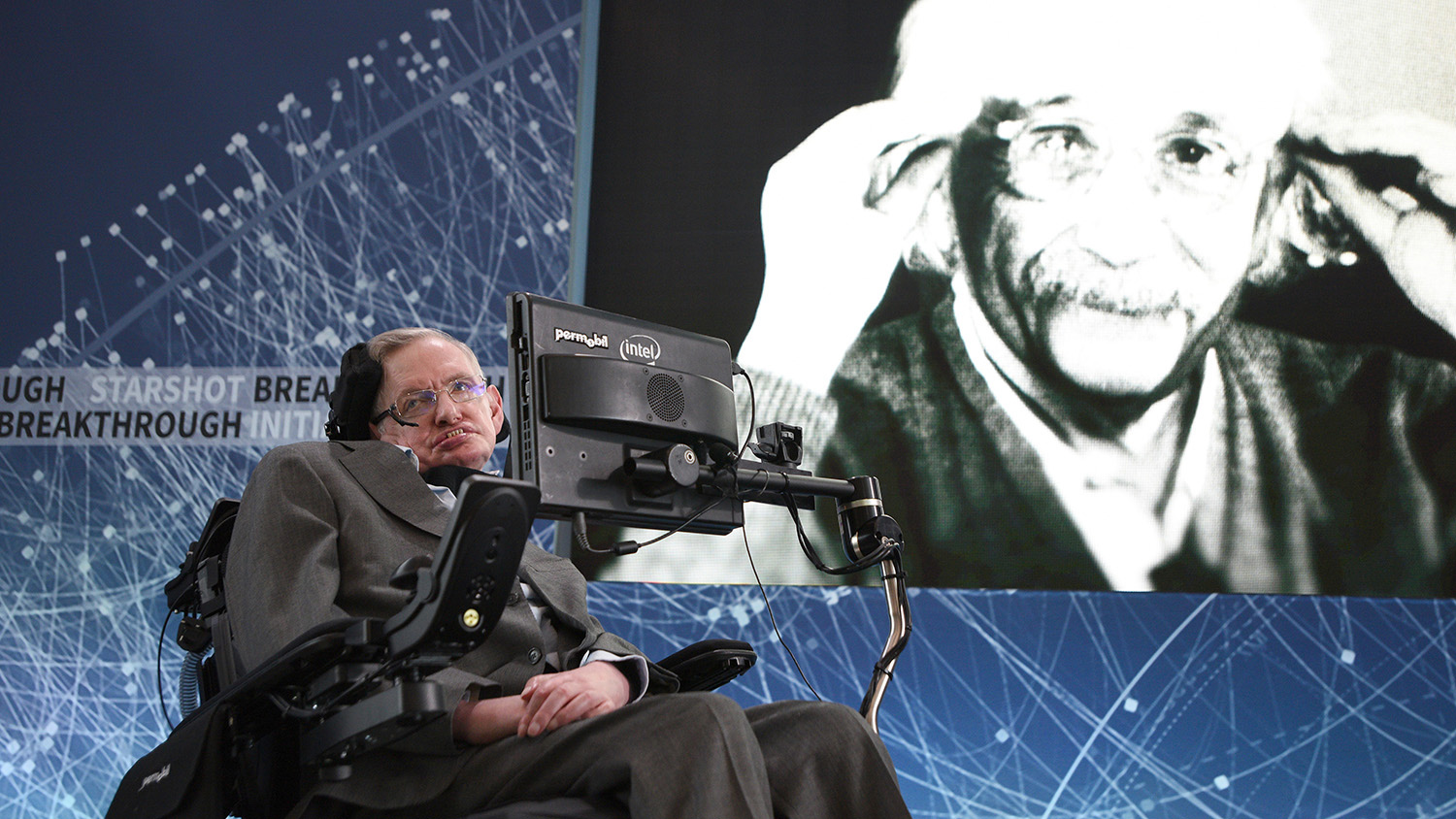Stephen Hawking wants to send a laser-powered probe interstellar
On the 55th anniversary of Yuri Gagarin's pioneering space flight

Renowned physicist Stephen Hawking has joined Russian billionaire Yuri Milner to announce plans to send a space probe to Alpha Centauri.
The project, titled Breakthrough Starshot, would see a fleet of thousands of tiny spacecraft carried into orbit by a 'mothership', then zapped by a enormous laser from Earth which would propel them to speeds that no man-made object has ever approached.
If you don't follow space travel too closely, you probably don't quite grasp the scale of what Hawking and Milner are trying to attempt. The distances are, quite literally, astronomical. With today's fastest spacecraft, a trip to Alpha Centauri (25 trillion miles away) would take more than 30,000 years.
To Boldly Go
But Milner and Hawking reckons that the travel time can be cut to just 20 years by propelling a spacecraft to 134 million miles per hour – about one-fifth of the speed of light.
How? By firing a hundred-billion-watt battery of lasers on top of a mountain back on Earth at a 'solar sail' attached to the craft, fashioned from fabric only a few hundred atoms thick and about the size of a kite.
Once it reached its destination, the tiny spaceship could capture images of possible planets and other data.
The total cost for the endeavour is actually fairly cheap compared to other grand scientific experiments – about $100 million. That's about a hundredth of the cost of the Large Hadron Collider, and about 1/150th of the price tag for the International Thermonuclear Experimental Reactor, under construction in France. It also happens to be six thousand times smaller than the US military budget in 2015.
Sign up for breaking news, reviews, opinion, top tech deals, and more.
Earth might not last forever
What it relies on, however, is accelerating progress in microelectronics, nanotechnology and laser engineering. The project is being helmed by former Nasa research director Pete Worden, and a committee of engineers and scientists have already identified 20 major challenges to overcome before the craft can lift off, which are listed on the project's website.
They include how to keep the laser beam focused on the sail, how to prevent interstellar dust from bumping the spacecraft off course, and how to send data collected by the craft back to Earth.
"Earth is a wonderful place, but it might not last forever," said Stephen Hawking at the project's launch event, "Sooner or later, we must look to the stars. Breakthrough Starshot is a very exciting first step on that journey."
Age simulation suit: what's it like to go for a run when you're over 70?
